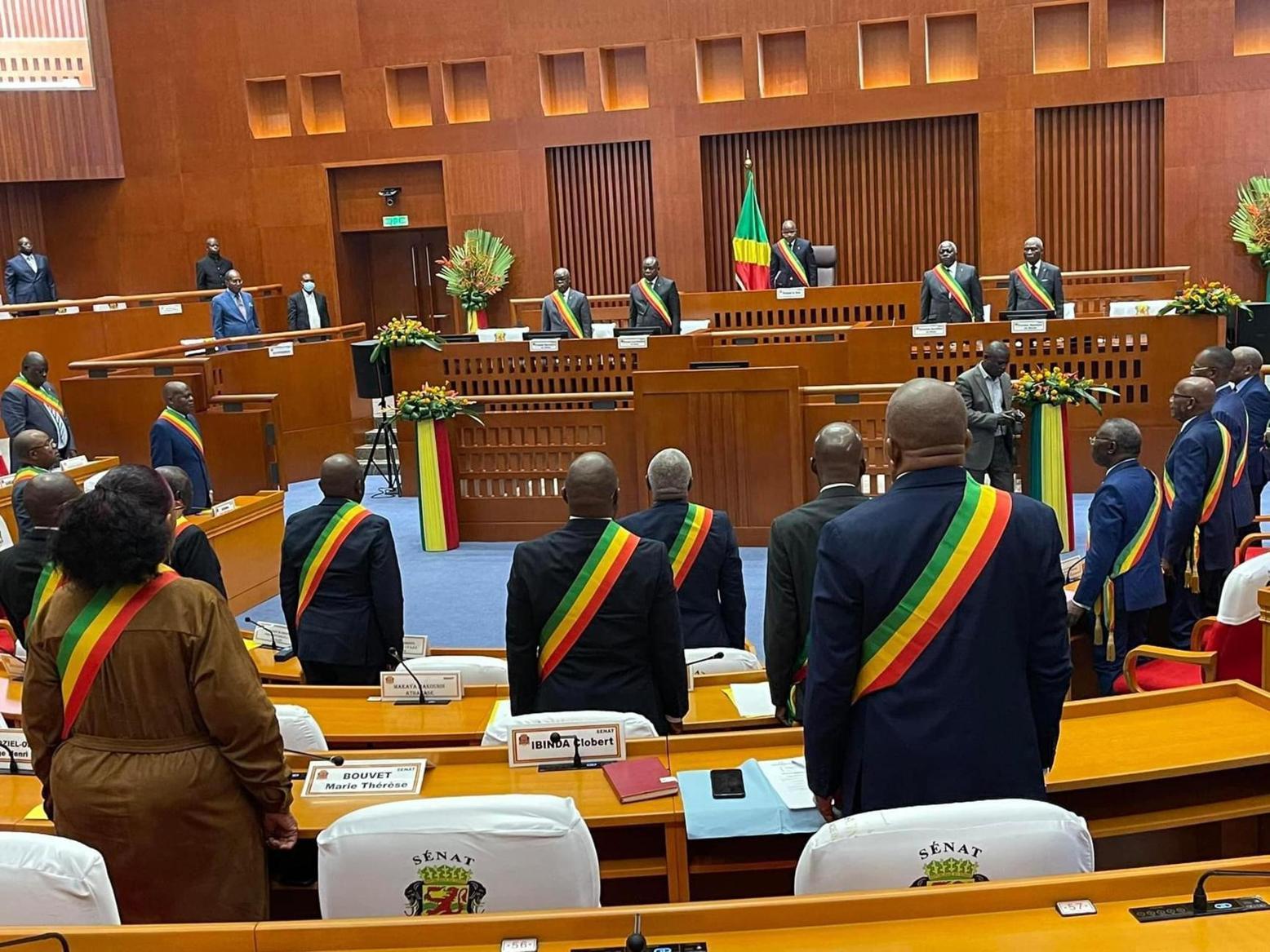Congo’s Budget Realignment Targets Credibility And Growth
Congo’s 2026 budget shift emphasizes fiscal discipline as Brent (BZ=F) trades near USD 85 and EMB spreads ease 60 bps; debt near 88% of GDP and CPI at 3.6% keep pressure on revenue gains, arrears cuts, and cash-flow transparency through 2026.

Congo’s 2026 budget debate underscores a recalibration from politically driven spending toward disciplined fiscal management under regional and multilateral oversight. Nominal GDP is estimated at USD 16.2 billion in 2025, with real growth around 2.7% and consumer inflation averaging 3.6%, broadly within the CEMAC target tolerance. Oil output, at approximately 270,000 barrels per day, remains the main revenue source and a key macro anchor.
Public debt is still high at roughly 85–90% of GDP despite earlier restructurings, leaving limited fiscal space. The Bank of Central African States (BEAC) policy rate stands at 5.00%, ensuring monetary stability but tightening domestic liquidity through higher sovereign yields and bank funding costs. Within this framework, the National Assembly’s call for a budget “aligned with citizens’ expectations” is effectively a demand for higher fiscal efficiency, not expansion.
Fiscal dynamics remain governed by oil elasticity and the interaction between commodity prices, liquidity management, and debt sustainability. With Brent (BZ=F) fluctuating between USD 80 and 90, a USD 10 price shift translates to USD 0.9–1.1 billion in export receipts—equivalent to roughly 2.5–3.5 percentage points of GDP given the fiscal take.
When oil prices fall short of assumptions, the government compensates by delaying arrears clearance or issuing short-term domestic paper at yields above 6.5%. That approach preserves day-to-day liquidity but crowds out private credit, which remains stagnant near 11% of GDP. The BEAC’s tight stance, designed to anchor the CFA franc and contain imported inflation, limits deficit monetization and raises the premium on accurate cash forecasting and procurement control.
The 2026 orientation therefore prioritizes expenditure quality over scale. Redirecting funds from administrative overheads to social infrastructure and essential services could raise fiscal multipliers without breaching deficit limits. The government’s primary fiscal objective is to expand non-oil revenue by 1.0–1.5% of GDP through e-VAT deployment, risk-based customs inspection, and stronger enforcement in the large-taxpayer segment.
Achieving these gains would narrow the primary deficit by about one point within 18 months and stabilize the debt trajectory toward 70% of GDP by 2028 under the IMF’s Extended Credit Facility. Combined with stricter procurement oversight, these measures could gradually lower arrears and improve payment predictability for the banking sector, which is vital for credit transmission and private-sector confidence.
From a market perspective, the signal is one of conditional credibility. Frontier issuers that publish quarterly budget execution data and consistent Treasury-cash plans typically see five-year risk premia compress by 50–100 basis points within two quarters, mirrored in indices such as the iShares JPMorgan USD Emerging Markets Bond ETF (EMB).
For Congo, establishing a pattern of monthly oil-revenue disclosure, quarterly cash reconciliation, and net arrears reduction would demonstrate fiscal discipline and support re-engagement from regional and multilateral lenders. If BEAC maintains inflation below 3% and reserve coverage near current levels, local yields should align more closely with the policy corridor, easing short-term refinancing pressures and reinforcing the sovereign’s credibility.
Risks remain measurable and predominantly external. A sustained USD 10 drop in Brent would remove close to USD 1 billion in annual revenue, potentially widening the deficit unless offset by expenditure restraint or non-oil revenue gains. Delays in state-owned enterprise audits or arrears verification could tighten liquidity, curbing private-sector expansion.
Renewed volatility in global rates would also raise external borrowing costs, delaying any realistic market re-entry. Over the next 12–18 months, investors will track oil-revenue execution versus budget assumptions, the non-oil revenue-to-GDP ratio, quarterly arrears reduction, and headline CPI stability.
If Congo delivers incremental progress across these indicators while keeping the primary balance on a narrowing path, it will demonstrate credible fiscal normalization and restore investor confidence, paving the way for lower spreads and longer-dated funding access by 2027.





